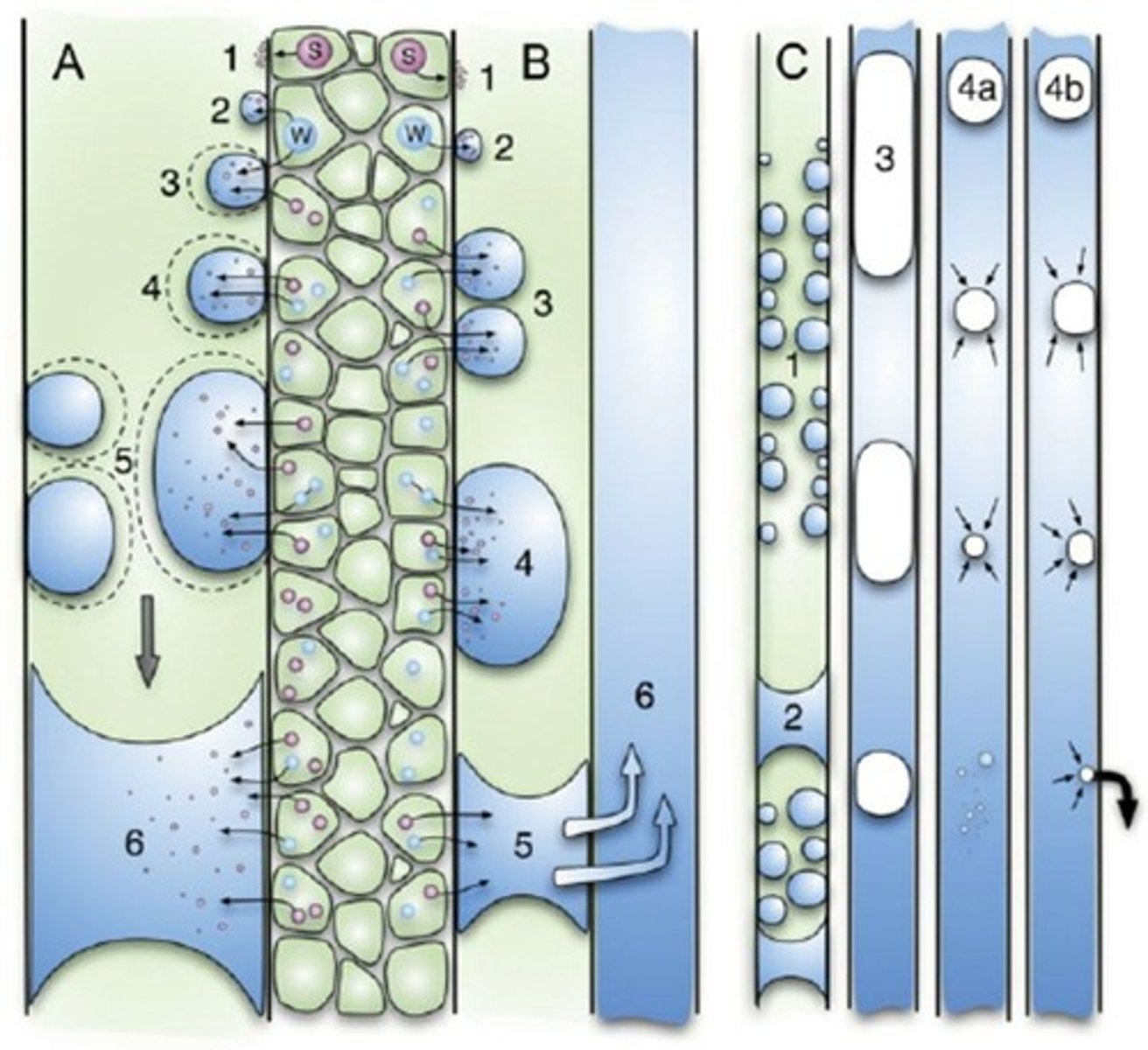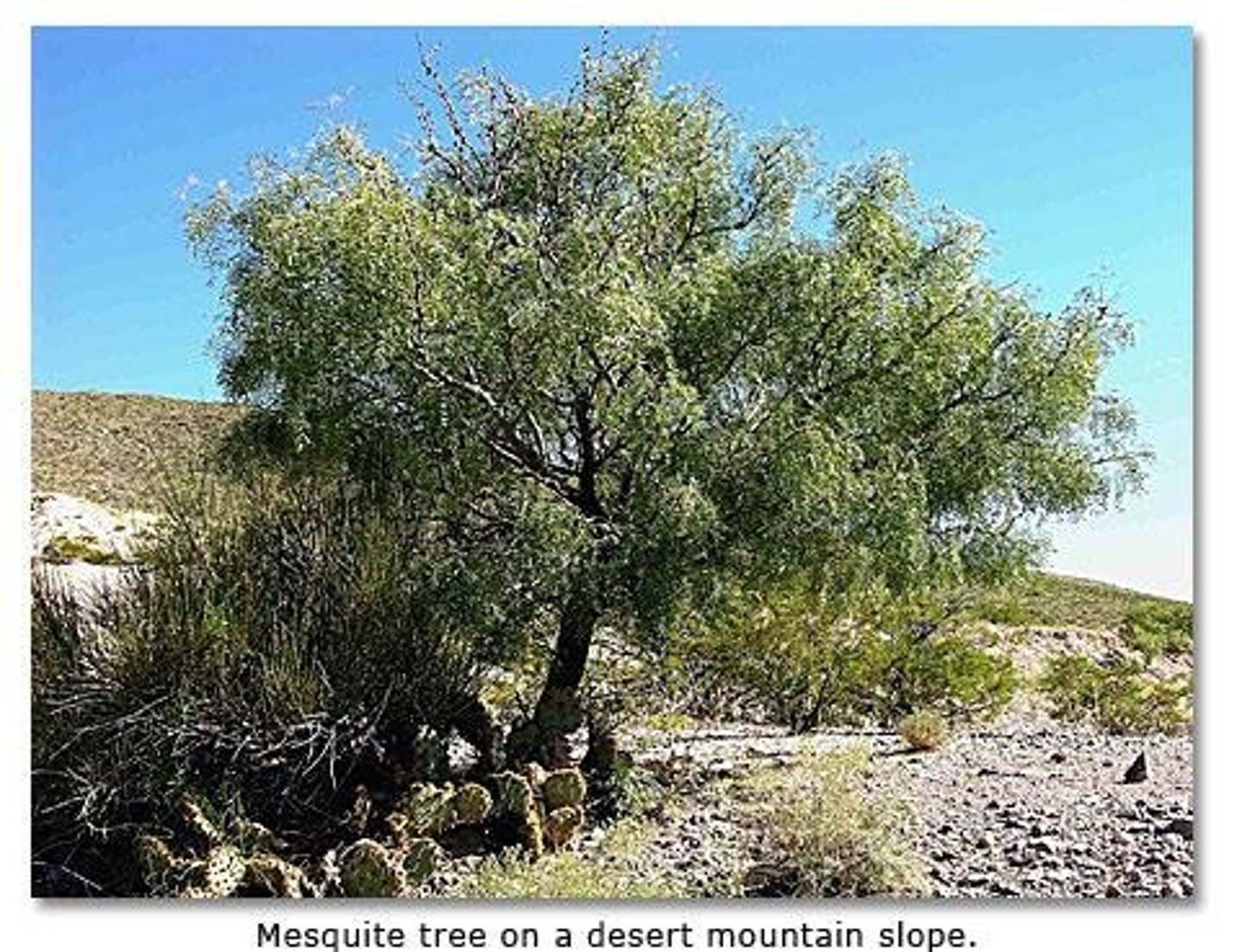Plant Water Relations: Drought Adaptations and Cavitation
1/227
There's no tags or description
Looks like no tags are added yet.
Name | Mastery | Learn | Test | Matching | Spaced |
|---|
No study sessions yet.
228 Terms
Drought
Prolonged low rainfall causing water shortages.
Water Deficit
Insufficient water availability for plants.
Drought Avoidance
Strategies to prevent water loss during drought.
Drought Escape
Strategies to complete life cycle before drought.
Drought Tolerance
Ability to withstand water deficits without damage.
Abscisic Acid (ABA)
Hormone that promotes stomatal closure during drought.
Water Potential (Ψ)
Measure of water's potential energy in plant cells.
Pressure Potential (Ψp)
Pressure exerted by water in plant cells.
Turgor Pressure
Pressure from water in cells maintaining rigidity.
Plasmolysis
Cell shrinkage due to water loss.

Soil Water Holding Capacity
Soil's ability to retain water for plant use.
Ecophysiological Limits
Maximum yield potential related to water supply.
Crop Growth Stages
Phases affected by timing of water deficits.
Yield Optimization
Maximizing crop yield per unit water applied.
Climatic Changes
Long-term shifts impacting ecosystems and agriculture.
Stomatal Closure
Reduction of gas exchange to conserve water.
Physiological Processes
Functions affected by water availability in plants.
Morphological Changes
Structural adaptations for drought tolerance.
Anatomical Changes
Internal modifications aiding in water retention.
Short-term Drought
Drought effects observed over hours to years.
Long-term Drought
Drought effects observed over decades to centuries.
Famine Risk
Potential food shortages due to prolonged drought.
Photosynthesis Uncoupling
Energy absorption without driving photosynthesis.
Reactive Oxygen Species (ROS)
Damaging molecules produced during stress.
Stomatal Closure
Prevents water loss during drought.
Xylem Cavitation
Air bubble formation disrupting water transport.

Abscisic Acid (ABA)
Hormone increasing under drought, causing stomatal closure.
Root-Shoot Signal
Communication from roots to leaves regarding water status.
Transpiration Rate
Rate of water loss through stomata.
Wilty Phenotype
Inability to close stomata, leading to wilting.
Leaf Water Potential
Indicator of water status in leaves.
Chemical Signal
Non-hydraulic signal triggering stomatal closure.
Split Root Experiment
Study design to assess root water effects.
Hydraulic Control
Stomatal response based on leaf turgor pressure.
Elastic Stress Response
Reversible recovery from moderate water stress.
Photosynthetic Area Reduction
Decrease in leaf size affecting photosynthesis.
Growth Stage Sensitivity
Vulnerability to drought varies by developmental stage.
Yield Responses
Impact of stress on crop productivity.
Drought Acclimation
Long-term plant adjustments to water scarcity.
Short-term Responses
Immediate physiological changes to drought.
Photosynthetic Pigments
Compounds involved in light absorption for photosynthesis.
Membrane Lipid Peroxidation
Damage to cell membranes due to oxidative stress.
Drought Stress Threshold
Water potential range for plant recovery.
Fruit Tree Sensitivity
Particularly vulnerable during flowering and fruit set.
Maize Tassel Formation
Critical growth stage sensitive to water stress.
Drought Resistance
Ability to survive water deficits through adaptations.
Hydrophytes
Plants thriving in consistently wet environments.
Mesophytes
Plants growing in areas with moderate water availability.
Xerophytes
Plants adapted to survive in arid conditions.
Acclimation
Temporary physiological changes due to environmental stress.
Adaptation
Genetic changes fixed over generations for survival.
Annual Plants
Complete life cycle in one growing season.
Perennial Plants
Live for multiple seasons, optimizing survival.
Escape Mechanism
Completing life cycle before drought onset.
Avoidance Mechanism
Adjusting growth based on water availability.
Rapid Phenological Development
Fast growth to produce seeds before drought.
Developmental Plasticity
Variable growth based on seasonal water availability.
Drought Deciduous Species
Plants shedding leaves during dry periods.
Photosynthesis Rate
Speed of converting light into chemical energy.
Transpiration Rate
Water loss through plant leaves during photosynthesis.
Leaf Area Ratio
Leaf area relative to plant biomass.
Assimilate Allocation
Distribution of nutrients to fruits and seeds.
Canopy Leaf Area
Total leaf surface area of a plant.
Water Deficit
Condition of insufficient water for plant needs.
Morphological Adaptations
Structural changes aiding in drought survival.
Biochemical Adaptations
Chemical changes enhancing drought resistance.
Environmental Pressure
Natural selection factors influencing plant evolution.
Drought Stress
Condition resulting from prolonged lack of water.
Drought-deciduous species
Plants that lose leaves during water scarcity.
Photosynthesis
Process converting light energy into chemical energy.
Transpiration
Water loss from plant leaves to atmosphere.
Dormancy
State of reduced metabolic activity during stress.
Water potential
Measure of water's ability to move in plants.
Fouqueria splendens
Ocotillo plant, sheds leaves multiple times yearly.
Canopy development lag
2-4 week delay after rains for full leaf growth.
Drought-tolerant evergreens
Plants that retain leaves and withstand dry conditions.
Water savers
Plants minimizing water loss to conserve moisture.
Water spenders
Plants optimizing water uptake to maintain hydration.
Hydraulic conductance
Efficiency of water transport in plant systems.
Rooting patterns
Plant root structures enhancing water absorption.
Stomata
Tiny openings on leaves for gas exchange.
Transpiration area
Surface area of leaves involved in water loss.
Trichomes
Hair-like structures increasing light reflectance on leaves.
Phreaphytes
Plants accessing deep groundwater for moisture.
Prosopsis
Mesquite plant with deep root system.

CAM plants
Plants opening stomata at night to reduce water loss.
Drought tolerance
Ability to withstand low tissue water content.
Osmotic adjustment
Process maintaining cell turgor under low water.
Compatible solutes
Non-toxic compounds stabilizing proteins during drought.
Cell turgor
Pressure within plant cells maintaining structural integrity.
Osmotic potential
Tendency of water to move into cells.
Cellular elasticity
Ability of cells to stretch and adapt.
Compatible solutes
Short-lived compounds aiding in drought tolerance.
Evergreen shrubs
Plants retaining leaves during dry winter periods.
Resurrection plants
Plants reviving after extreme desiccation.
Sclerophyllous leaves
Thick, small leaves with low photosynthesis.
Stomatal closure
Prevention of water loss by closing leaf pores.
Turgor loss
Loss of cell pressure due to water deficiency.
Dimorphic root systems
Roots with both deep and shallow structures.
Taproots
Deep roots accessing groundwater during dry seasons.